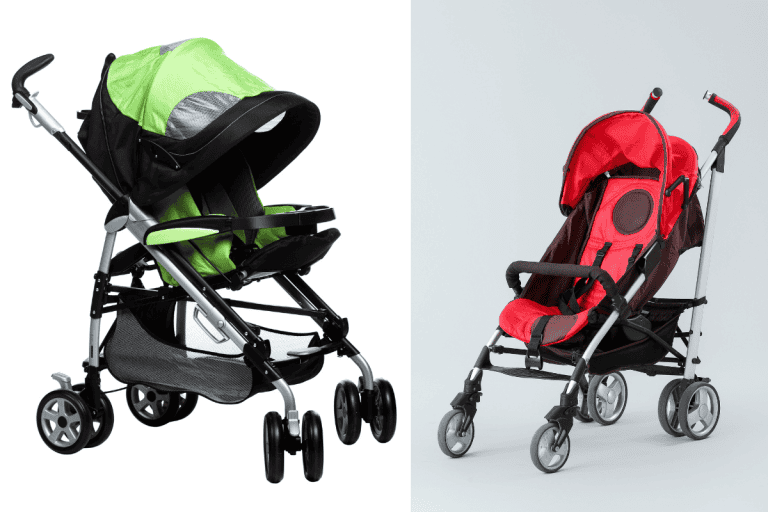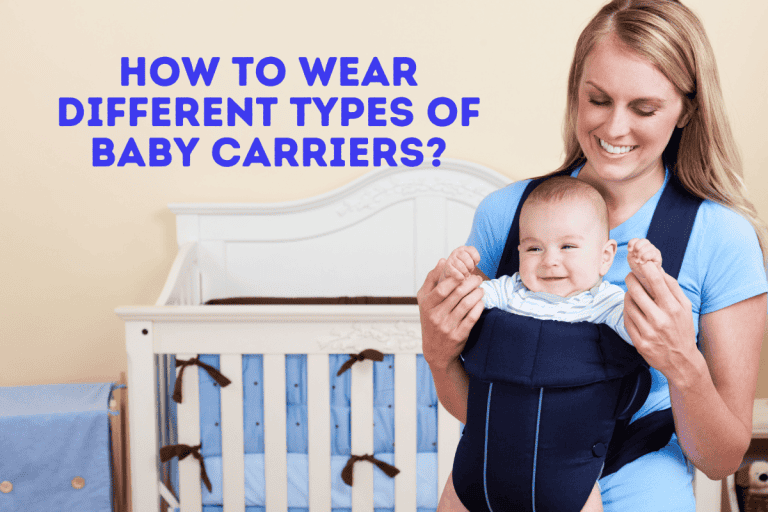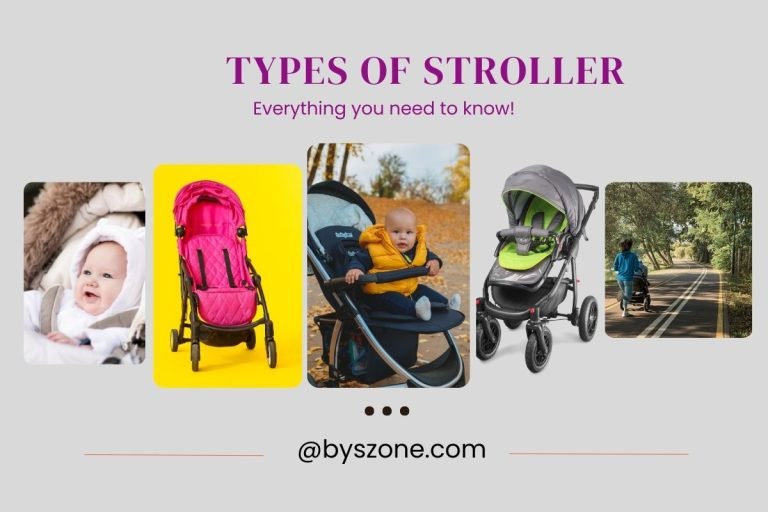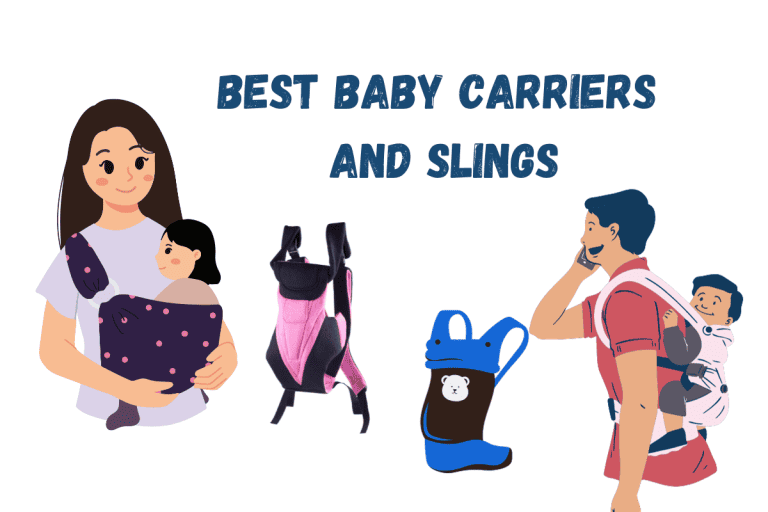Are Baby Carriers Safe for Baby or Newborns?
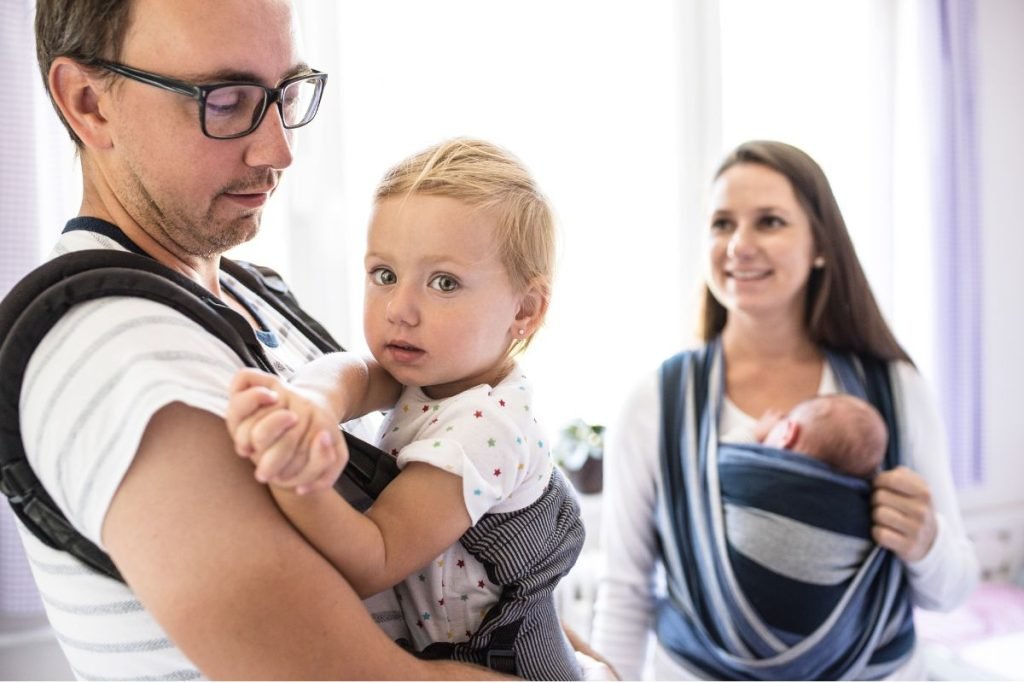
If you’re a new parent, this question may be on your mind as you seek the best ways to care for your little one.
That amazing feeling of love is something all new parents experience. As a new parent, you’re starting a wonderful journey full of happy moments and challenges that will shape your child’s future.
These questions come first: Are Baby Carriers Safe? You’ll decide to use a baby carrier or a sling, but you are unsure whether. These handy tools can make your life easier, allowing you to be close to your baby, have more freedom, and create a strong bond.
This blog post explores the why and how behind this essential parenting tool. We’ll provide practical advice and expert insights to ensure safe, comfortable, and enriching baby-wearing for you and your infant.
Are Baby Carriers Safe?
Yes, when used properly, baby carriers are generally safe. Following the manufacturer’s instructions is crucial, ensuring secure and comfortable positioning for your baby. Always check for age and weight recommendations, and monitor your baby in the carrier. If used correctly, baby carriers can offer benefits like bonding and convenience for caregivers.
Types of Baby Carriers
When it comes to choosing a baby carrier, you’ll find a variety of options available to suit your needs and preferences. Let’s explore these choices to help you make the best decision for you and your little one.
Discover insights on safety, comfort, and styles to guide you in finding the Best Baby Carriers for your parenting journey.
Exploring Different Baby Carrier Options
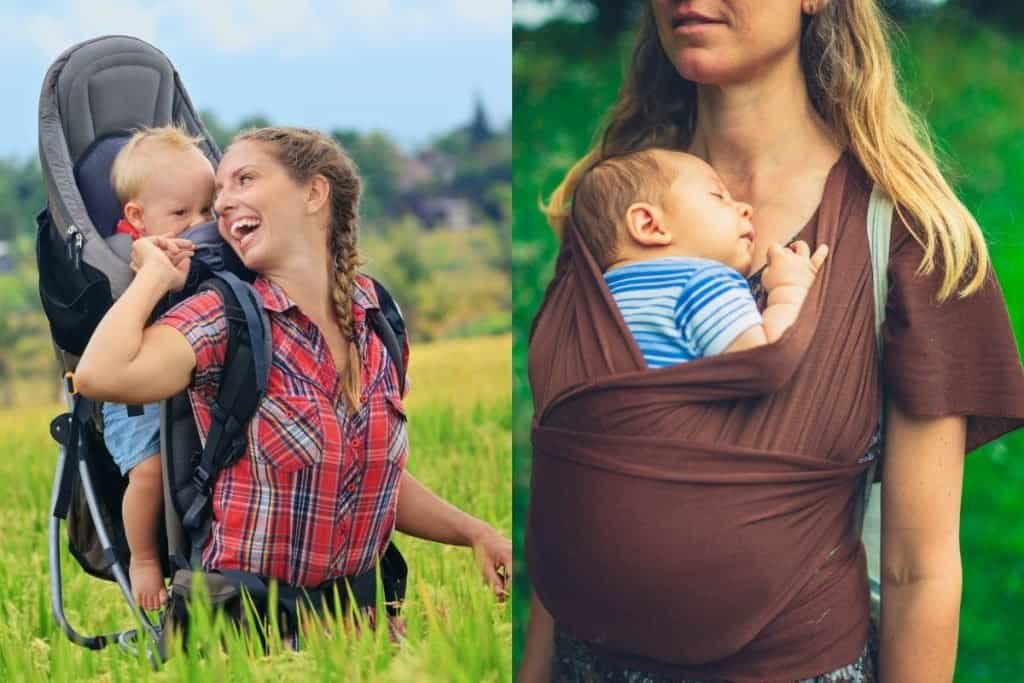
Baby carriers come in various styles, such as soft-structured, wraps, slings, and frame backpacks. Understanding these differences will help you make an informed choice, ensuring your baby is safe and comfortable.
Understanding Baby Wraps and Slings – Slings and Carriers
The advantages of using a baby carrier extend far beyond convenience. From promoting bonding and allowing hands-free parenting to offering mobility, baby carriers are essential tools for new parents. Discover how these carriers can enhance your parenting journey and give your baby a sense of security and warmth.
The Benefits of Using a Baby Carrier
The advantages of using a baby carrier go beyond convenience. They promote bonding, enable hands-free parenting, and offer mobility. Baby carriers are indispensable tools for new parents, enhancing your parenting journey and providing your baby with security and warmth.
Safety Considerations for New Parents

As a new parent, your baby’s safety is your top priority. Regarding baby-wearing, there are crucial safety considerations that should guide your choices. Let’s explore these key factors to ensure a safe and secure experience for you and your newborn.
Safe Babywearing Practices
Safe baby-wearing practices are the cornerstone of ensuring your baby’s well-being. We’ll provide practical guidelines on using baby carriers and slings to guarantee your little one’s comfort and security. By following these practices, you can enjoy the benefits of baby-wearing while keeping your infant safe.
How to Wear Baby Carriers is a crucial skill for parents, and mastering it will enhance your baby-wearing experience, fostering a strong bond between you and your little one.
Ensuring Your Baby’s Airway
One of the primary concerns when using a baby carrier or sling is your baby’s airway. We’ll explain how to position your baby correctly to ensure their airway remains clear and open, minimizing any risk of suffocation. Your baby’s health and safety are paramount; this section will show you how to achieve both.
Preventing Suffocation Risks
Preventing suffocation risks is essential for every parent using a baby carrier or sling. We’ll discuss the steps to eliminate any possibility of suffocation, helping you use these baby-wearing tools with confidence and peace of mind.
Your baby’s safety is our priority, and we’ll provide you with the knowledge you need to ensure just that. You should easily see your little one’s face when you look down. That ensures that their nose and mouth are uncovered.
Baby Carrier vs. Sling: Which Is Safer for Newborns?
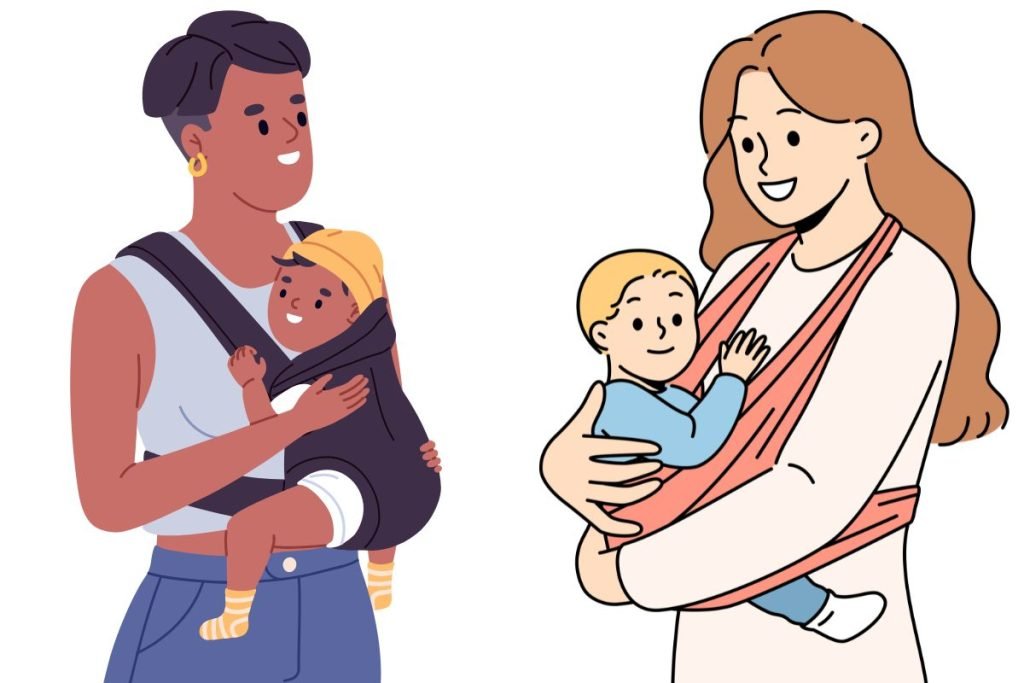
When choosing between a baby carrier and a sling, safety is paramount. Let’s examine the safety aspects of both options and determine which is best suited for your newborn. We’ll provide the information you need to make an informed choice, prioritizing your baby’s well-being.
When deciding between a baby carrier and a sling, prioritizing safety is key. Check out our How To Choose Baby Carrier guide for expert insights on ensuring your newborn’s well-being.
Evaluating the Safety of Baby Slings
Baby slings offer an intimate way to carry your newborn, but are they safe? We’ll explore the safety considerations associated with baby slings, including proper positioning and precautions to ensure your baby’s comfort and security. Understanding the safety of slings is key to making the right decision for your little one.
The Role of Baby Carriers in Safe Babywearing
Baby carriers have unique advantages, but how do they contribute to safe baby-wearing? We’ll highlight the features that make baby carriers a secure choice for newborns, covering aspects like age-appropriate use, ergonomic design, and supporting healthy hip development. Discover why baby carriers are a popular option for many new parents.
Promoting Healthy Hip Development
Your baby’s hip development is critical when choosing between a baby carrier and a sling. We’ll delve into promoting healthy hip development and how each baby-wearing option contributes to this. Ensuring your baby’s hips are safe and well-supported is a key factor in making your decision for their well-being.
Expert Insights on Safe Babywearing
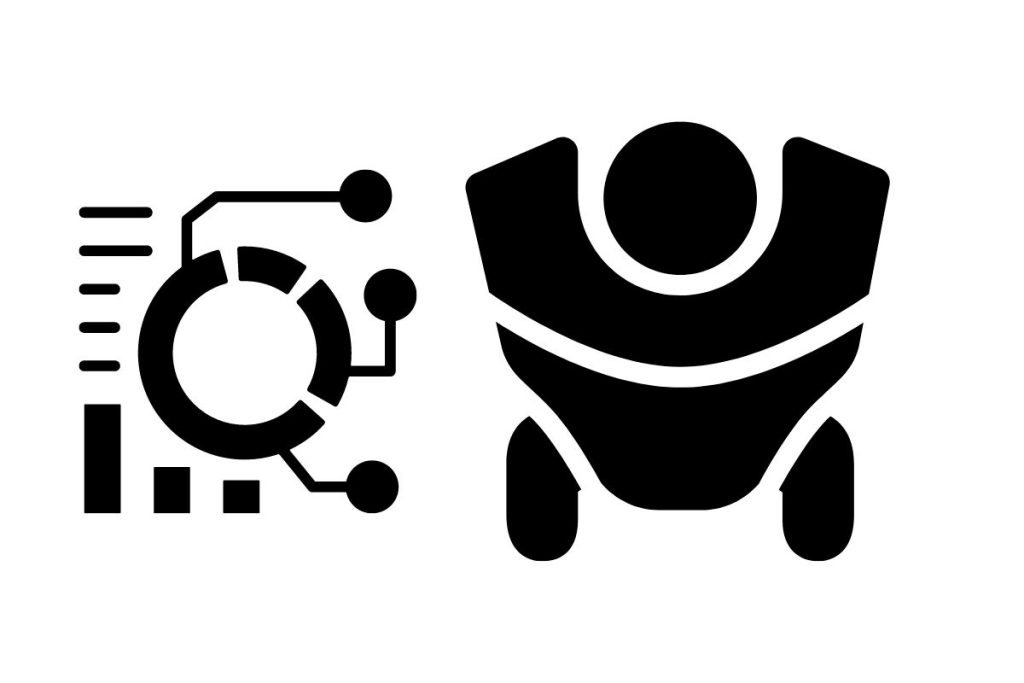
Gain valuable expert insights to ensure safe baby-wearing practices. We’ll explore guidance from professionals and organizations, giving you the confidence to prioritize your baby’s safety and well-being.
The International Hip Dysplasia Institute’s Recommendations
When it comes to ensuring the safety of your baby while baby-wearing, the guidance from the International Hip Dysplasia Institute is invaluable.
We’ll provide a comprehensive overview of their recommendations, focusing on protecting your baby’s hip health during their early life stages. You can trust their expertise in promoting safe and comfortable baby-wearing practices.
Advice from Pediatricians and Caregivers
Pediatricians and experienced caregivers have a wealth of knowledge to share regarding safe baby-wearing. We’ll delve into their practical advice, including tips on positioning, airway safety, and ensuring your baby’s overall well-being. Their insights will give you the confidence to embrace baby-wearing as a secure and rewarding practice.
Safety Standards and Regulations
Ensuring the safety of baby carriers and slings is a shared responsibility. We’ll explore the safety standards and regulations set by governing bodies, such as the Consumer Products Safety Commission (CPSC).
By understanding these standards, you’ll know what to look for when choosing a baby carrier or sling, giving you peace of mind that your baby’s safety is in good hands.
CPSC experts advise caution with slings for infants under four months of age, especially for premature, low-birthweight, or sick babies, and recommend consulting a pediatrician.
When Can You Start Using a Baby Carrier or Sling?
Determining when it’s safe to start using a baby carrier or sling is a common concern among new parents. This section will provide clear age guidelines, enabling you to begin this practice immediately.
Your baby’s safety and comfort are our top priorities, and we’ll ensure you have the information you need to make an informed decision.
Age Guidelines for Babywearing
Understanding the age guidelines for baby-wearing is essential. We’ll provide clear recommendations on when it’s safe to start using a baby carrier or sling.
Knowing the right age to begin this practice will ensure your newborn is comfortably and securely carried, promoting a strong parent-child bond.
Safe Practices for Newborns
Safe practices for newborns are at the heart of responsible baby-wearing. We’ll delve into the specific steps and precautions you should take to ensure your baby’s safety in their earliest days.
By following these guidelines, you can enjoy the benefits of baby-wearing while providing your newborn with the utmost care and protection.
Carrying Your Baby in Their First Few Months
Carrying your baby during their first few months is a magical experience. We’ll guide you through this crucial period, emphasizing the importance of proper positioning, head and neck support, and the nurturing closeness that baby-wearing can offer.
These early months are a wonderful opportunity to bond with your baby, and we’ll show you how to make the most of it while ensuring their safety.
Tips for Safe Babywearing and Baby Carrying
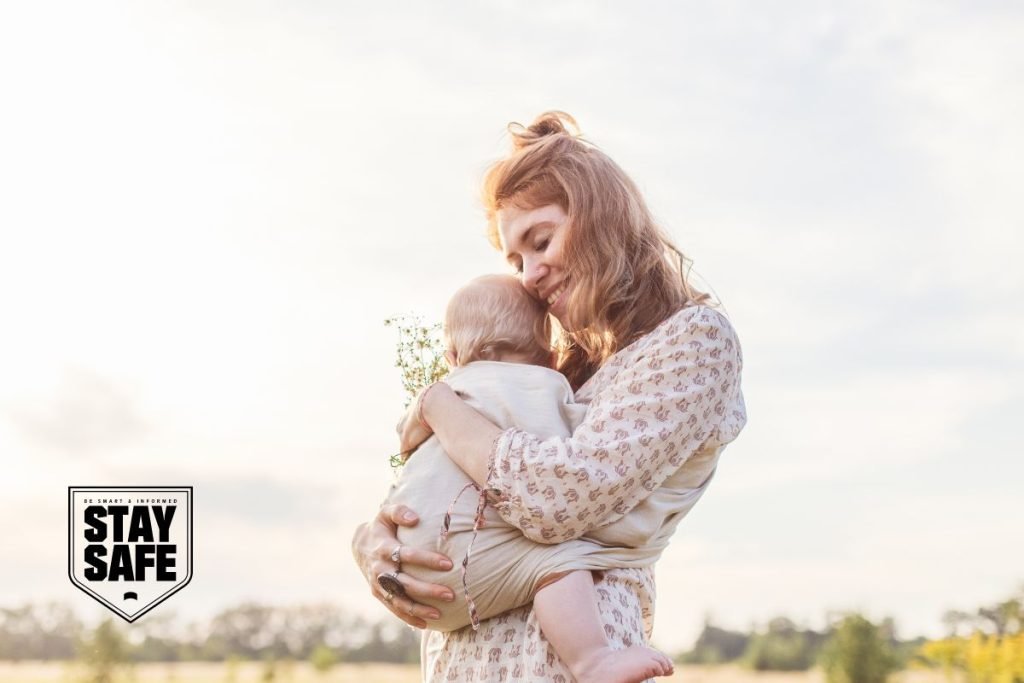
Ensuring safe babywearing practices is vital for your and your baby’s well-being. This section will provide practical tips and guidance to help you make the most of your baby carrier or sling.
By following these tips, you’ll enjoy a secure and rewarding baby-wearing experience while keeping your little one safe and content.
Properly Positioning Your Baby
Properly positioning your baby in a carrier or sling is fundamental to safe baby-wearing. We’ll provide step-by-step guidance on ensuring your baby is in the right position, promoting their comfort and safety.
By following these positioning tips, you’ll enjoy the benefits of baby-wearing while nurturing your infant securely.
Ensuring Adequate Airflow
Ensuring adequate airflow for your baby is essential during baby-wearing. We’ll discuss creating a well-ventilated environment, preventing overheating, and ensuring your little one breathes comfortably.
Proper airflow guarantees a safe and pleasant baby-wearing experience for you and your baby.
Checking Your Baby’s Comfort and Safety
You regularly check your baby’s comfort and safety, while baby-wearing is a key practice. We’ll outline the important aspects to watch for, including signs of discomfort or distress. This information will empower you to keep your baby content and secure throughout your baby-wearing journey.
The Benefits of Babywearing
It provides numerous advantages for both you and your baby. In this section, we’ll explore the wide range of benefits of using a baby carrier or sling.
From enhancing your bond with your newborn to enjoying hands-free freedom and engaging in various activities, baby-wearing offers a world of possibilities for new parents.
Bonding with Your Newborn or Infant
Offers a unique opportunity for intimate bonding with your newborn. It’s a chance to hold your baby close, feel their heartbeat, and share precious moments.
We’ll explore how baby-wearing strengthens the parent-child connection, creating a strong foundation for your little one’s future. Discover the emotional benefits of being close to your baby, strengthening your bond in ways you’ll cherish.
Keeping Your Hands Free Using a Sling or Carrier
The advantages of baby-wearing extend beyond bonding. They also include the practical benefit of keeping your hands free. With your baby secure and content in a carrier or sling, you can attend to daily tasks, work, or enjoy some ‘me’ time.
Learn how baby-wearing allows you to maintain your productivity and independence while providing your baby with the closeness they crave.
Using a sling while breastfeeding is associated with a longer duration of breastfeeding due to convenience and the increased responsiveness that comes with keeping a baby close throughout the day
Engaging in Activities with Your Baby
Baby-wearing transforms your ability to engage in activities with your baby. Whether it’s a peaceful walk in the park, cooking a meal, or dancing to a lullaby, baby-wearing allows you to include your baby in your daily life.
We’ll showcase the numerous activities you can enjoy while keeping your baby safe and comforted, making your time with your little one even more precious.
Summary
In wrap-up, parenthood brings many choices, but baby-wearing stands out when keeping your newborn safe and comfortable.
By supporting your baby’s growth and development, making informed choices as a new parent, and encouraging safe baby-wearing practices, you can experience closeness, freedom, and bonding.
With expert insights, safety standards, and a focus on your and your baby’s well-being, you can embark on this beautiful journey with confidence and peace of mind.
Frequently Asked Questions
What type of carrier is best for a newborn?
Soft-structured carriers and wraps are often recommended for newborns due to their adjustable and ergonomic designs, providing proper support for your baby’s developing spine and neck.
Is a sling or carrier better for a newborn?
Both slings and soft-structured carriers can be suitable for newborns. Still, it’s essential to focus on safe positioning and proper baby-wearing techniques to ensure your baby’s comfort and safety.
How long can a newborn stay in a carrier?
Newborns can be carried in a carrier for varying durations, but following your baby’s cues is recommended. Generally, short intervals of 30 minutes to 2 hours are advisable, with breaks for feeding, changing, and tummy time.
Why do babies sleep better in carriers?
The gentle motion and close contact carriers can soothe babies and promote better sleep. The warmth and comfort mimic the womb environment, helping infants fall asleep and stay calm.
Are baby carriers bad for babies’ hips?
When used correctly, baby carriers are not bad for babies’ hips. Ensuring the proper “M” position with knees higher than the hips and adequate support can promote healthy hip development. It’s crucial to select a carrier that provides this positioning.
Is wearing your baby in a carrier or sling after birth safe?
Yes, wearing your baby in a carrier or sling after birth is safe, but follow safety guidelines for a secure and comfortable experience.
